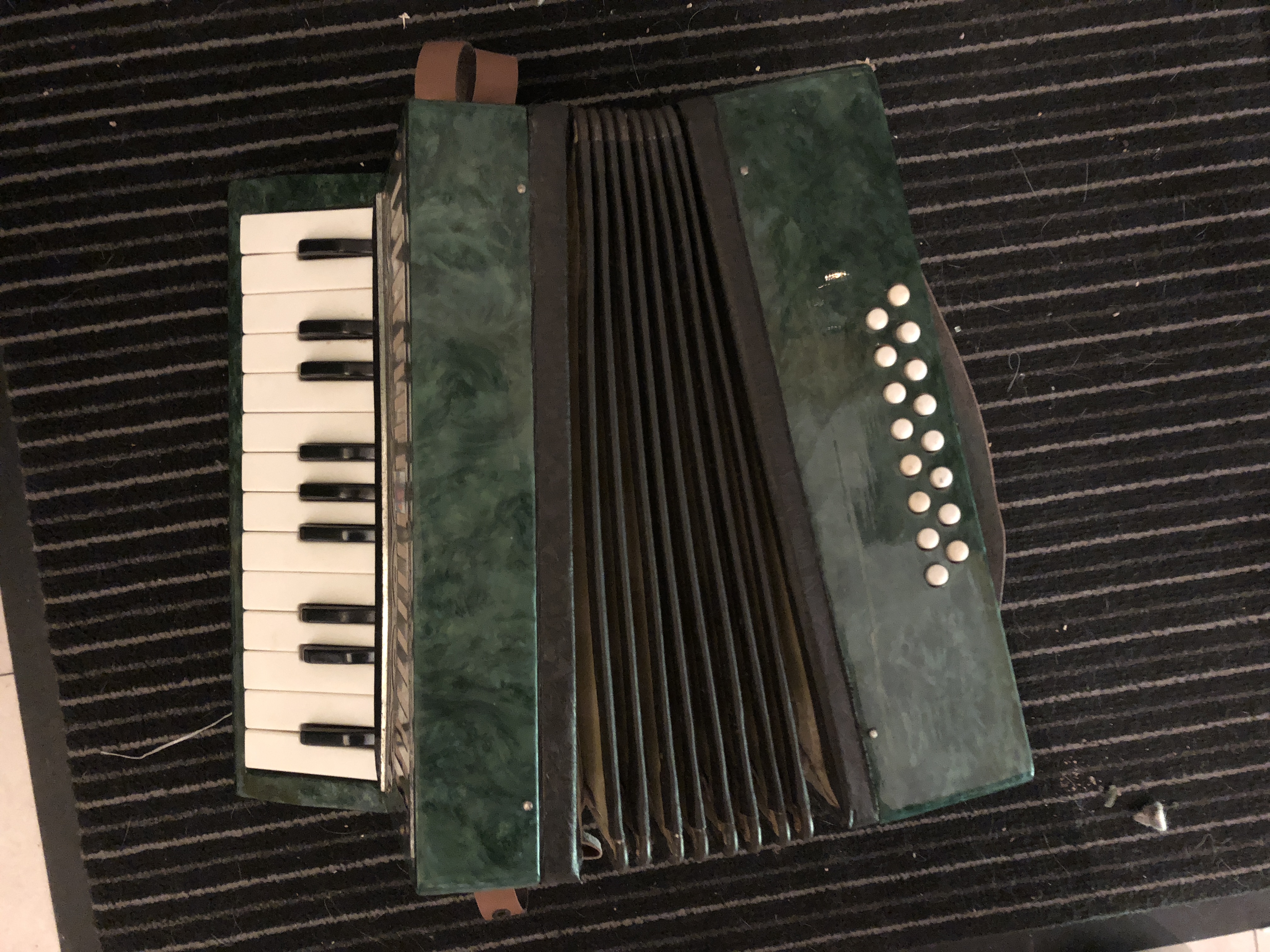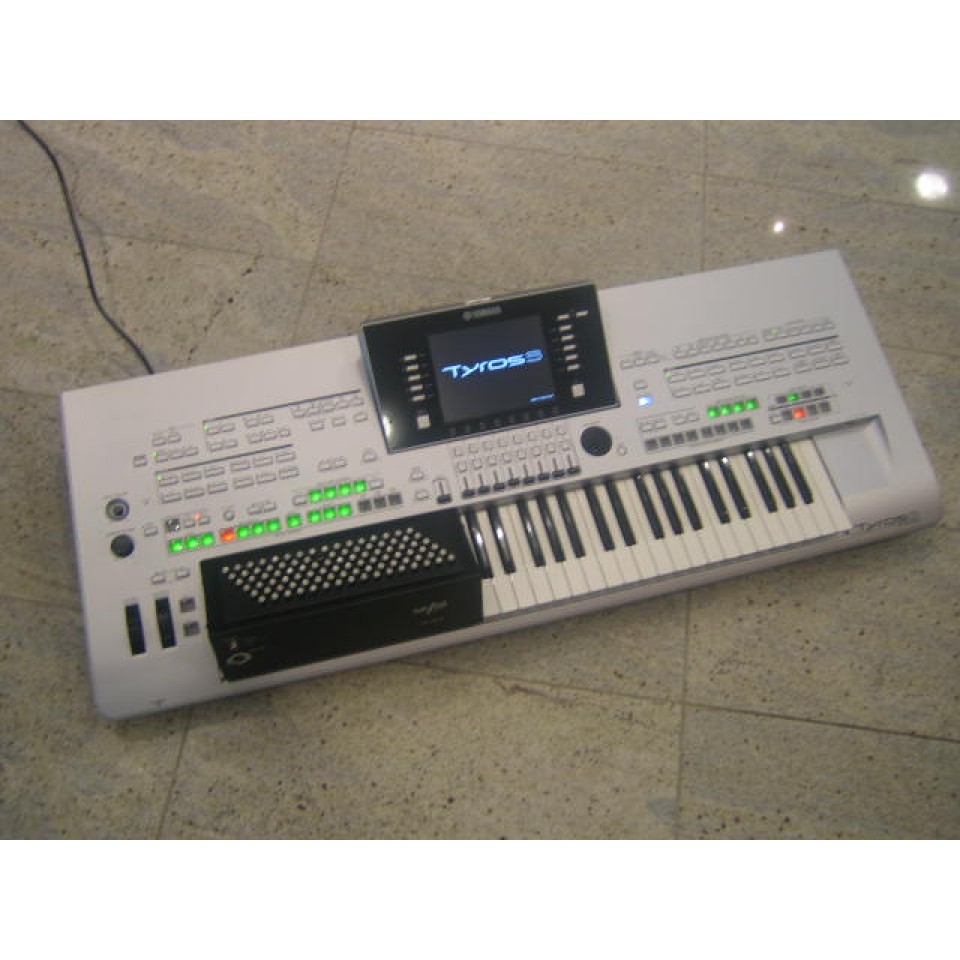

While the Band has expanded and contracted in numbers over the years, its commitment to spreading the gospel through music has remained. The Band participated in the 'monster parade' that celebrated the end of hostilities and throughout 1919 was often at Union Station to welcome returning servicemen.

1 Corps soldiers joined the military services, most served over seas and three gave their lives in the Service of King and Country. The younger boys filled vacancies in the ranks of the Band as more and more bandsmen left for service. 1 Corps Bandsmen Mark May, traveling to the Congress in London as a delegate and armed with money to purchase a new trombone for the Band, was among those lost.ĭuring the Great War, August 1914 to November 1918, the Band participated in the war effort. The majority of this same Staff Band was lost on when the Empress of Ireland sank in less then 15 minutes in the cold waters of the St. In 1913, the Territorial Staff Band visited Ottawa. 2 Corps on Gladstone Avenue to help form a band at the new Corps. A year later the Band had made such progress that several bandsmen were able to transfer to No. In May of 1906 upon arrival in Canada, Bandmaster James Harris assumed leadership. In 1901, the 10-member Band was under the direction of Bandmaster John Duncan. Wedding tickets at $.25 each were sold to 1,000 'wedding guests'. The event may have been the Band's first fund-raiser. Bandmaster Hall's wedding, the first Hallelujah Wedding in the city, coincided with the 3rd Anniversary of the Corps and the opening of the new building. Victor Hall, the first commissioned Bandmaster came to Ottawa from Toronto to supervise the building of the Barracks on Queen Street. By 13 July 1885, the Salvation Army in Ottawa numbered 23 'all ranks', the Band Committee had purchased an accordion and the officer played it joyfully at the head of parades. A newspaper report dated, noted that the "corps de musique" expanded to include a triangle and a concertina. From the opening 'bombardment' in Ottawa, the Salvation Army detachment marched to the beat of the drum and sang to drum, timbrels and hand clapping accompaniments.


 0 kommentar(er)
0 kommentar(er)
